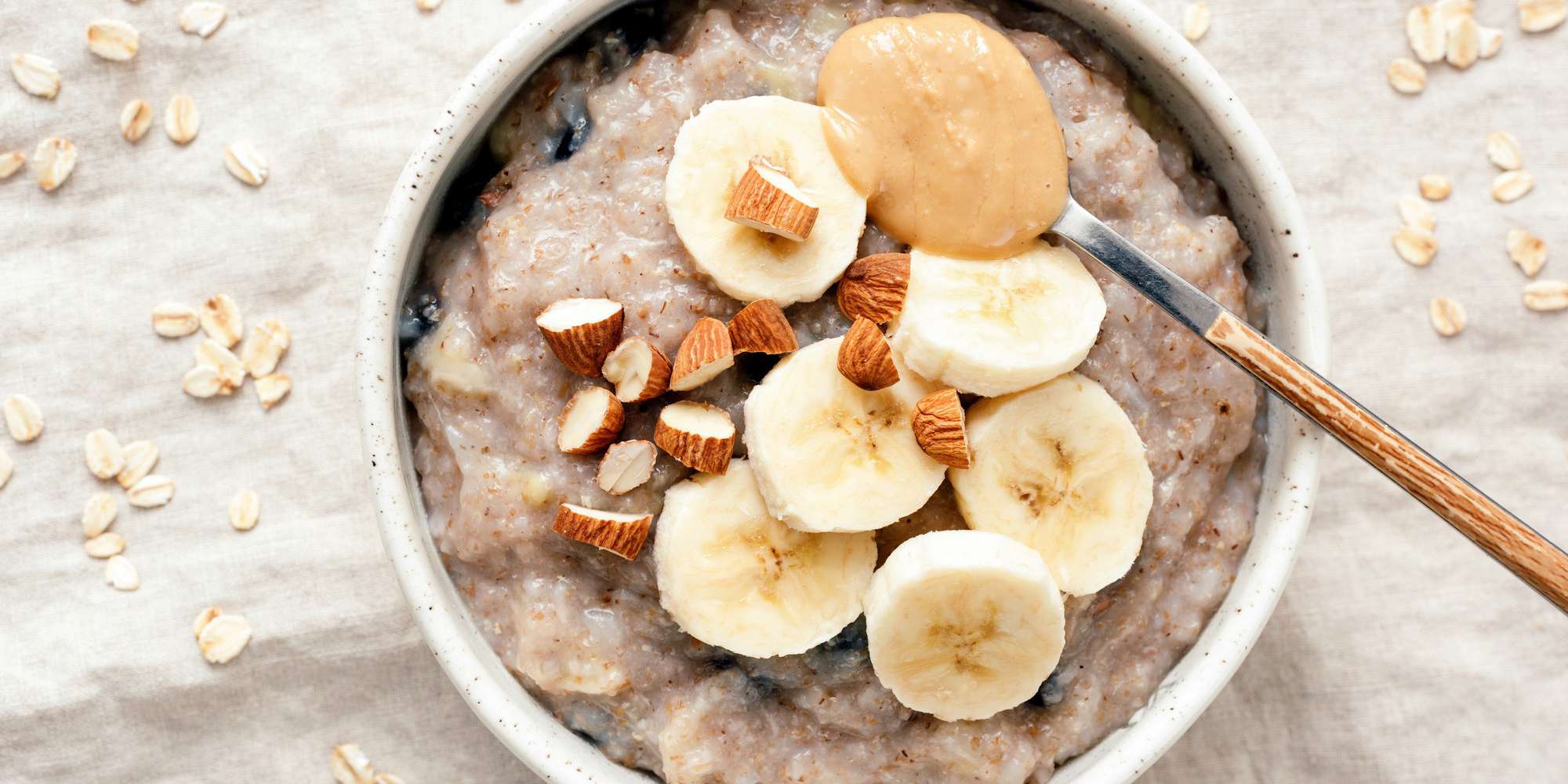Carbohydrate loading is a popular strategy among athletes to maximize glycogen stores in muscles before endurance events. In this blog, we’ll dive into what carb loading is, how to effectively carb load, present 5 Carbohydrate loading meal ideas, provide a 2-day sample meal plan, and highlight key takeaways.
What is Carbohydrate Loading?
Carbohydrate loading, or carbohydrate loading, is a strategy used by athletes to increase the amount of glycogen in muscles before a high-endurance event. This process helps improve performance by ensuring the body has enough energy reserves.
How to Carbohydrate Load
Carbohydrate loading, or carb loading, is a nutritional strategy designed to maximize the amount of glycogen stored in your muscles before a high-endurance event, such as a marathon or long-distance cycling race. Glycogen is the primary source of energy during prolonged, intense physical activity, and ensuring that your muscles are fully stocked can significantly enhance your performance and endurance.
Typically, this process involves a period of tapering your training while simultaneously increasing your carbohydrate intake. For about 3-4 days before the event, you should consume a diet that consists of 70-80% carbohydrates (1). This shift allows your body to store more glycogen than it normally would during a regular training phase. Alongside this dietary adjustment, it’s essential to reduce the intensity and duration of your workouts to give your muscles time to replenish their glycogen stores fully.
The effectiveness of carb loading lies in its ability to delay fatigue and maintain performance levels during prolonged exercise (1, 2). By starting an endurance event with maximized glycogen stores, you can sustain a higher intensity for a longer period, thus improving overall performance. However, it’s important to note that carb loading is most beneficial for activities lasting longer than 90 minutes. For shorter durations, your regular diet should provide sufficient energy reserves.
Overall, carb loading is a tried-and-tested method used by athletes to ensure they have the necessary energy to compete at their best. By understanding and properly implementing this strategy, you can significantly boost your endurance and performance on race day.
5 Carbohydrate Loading Meal Ideas
* These recipes are not my own and I have linked the recipes to the original creators.
- A hearty bowl of oatmeal topped with sliced bananas and a drizzle of honey is a perfect start to your carb loading day.
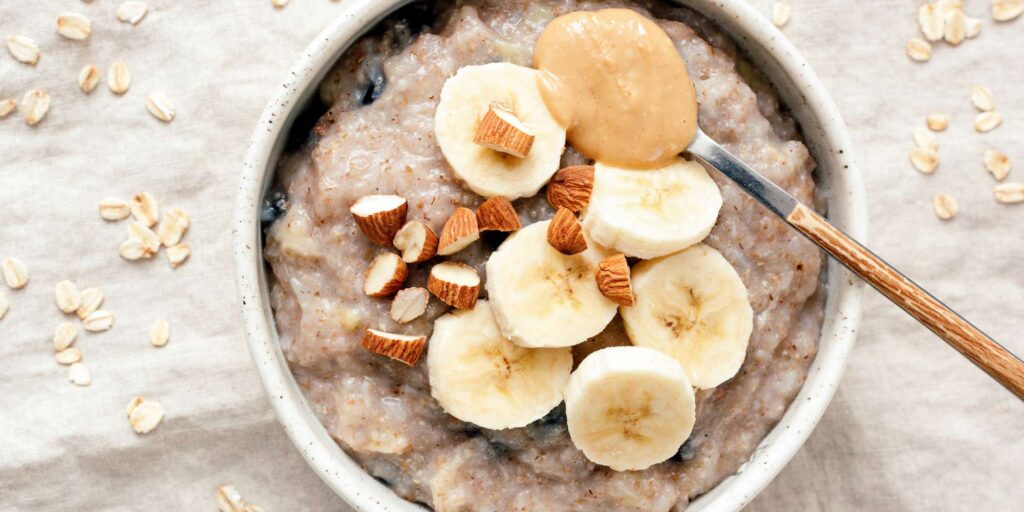
2. Whole Wheat Pasta with Marinara Sauce
- Whole wheat pasta provides complex carbs, and marinara sauce adds a tasty boost. Opt for white pasta if you have a more sensitive gut.
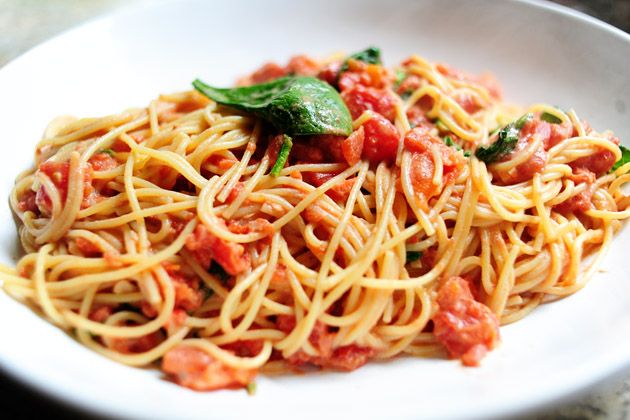
3. Quinoa Salad with Sweet Potatoes and Black Beans
- A nutritious salad with quinoa, roasted sweet potatoes, and black beans for a high-carb, high-fiber meal.

4. Baked Potatoes with Greek Yogurt and Chives
- Baked potatoes topped with Greek yogurt and chives are simple yet effective for carb loading. Add an egg on top for some extra protein and healthy fats.
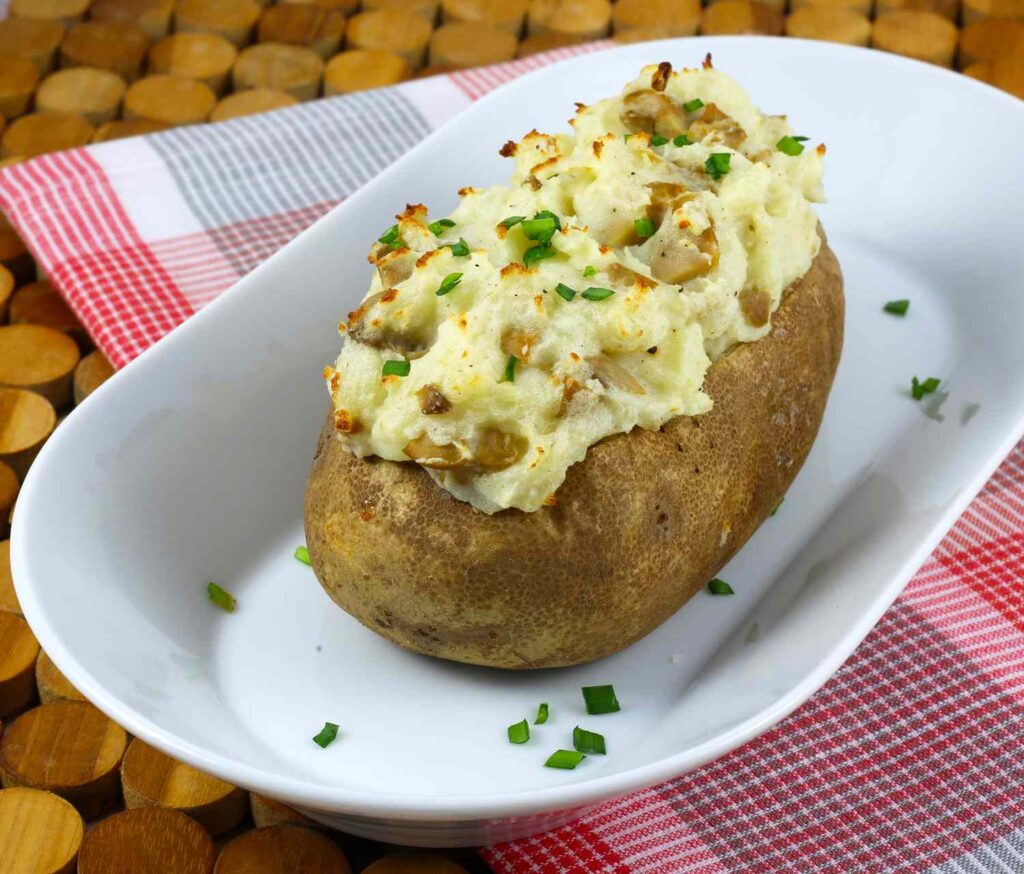
5. Brown Rice Stir-Fry with Tofu and Vegetables
- A stir-fry with brown rice, tofu, and a variety of vegetables provides a balanced carb meal.
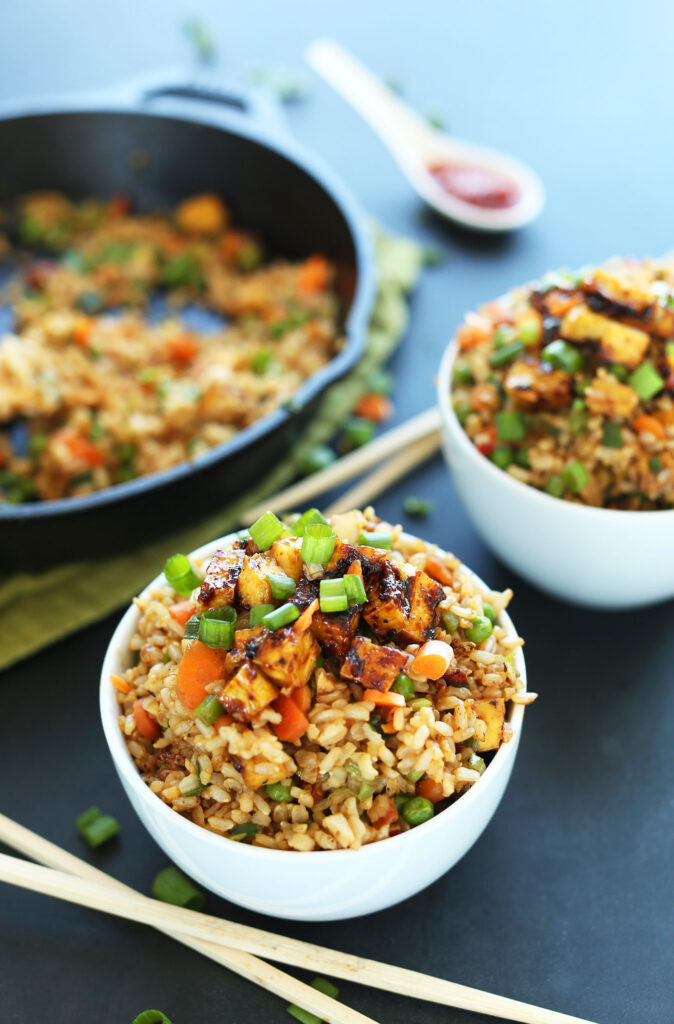
2-Day Sample Carbohydrate Loading Meal Plan
Day 1:
- Breakfast: Oatmeal with Bananas and Honey
- Snack: Fruit Smoothie with Spinach and Oats
- Lunch: Quinoa Salad with Sweet Potatoes and Black Beans
- Snack: Bagels with Peanut Butter and Jelly
- Dinner: Whole Wheat Pasta with Marinara Sauce
- Snack: Whole Grain Pancakes with Maple Syrup and Berries
Day 2:
- Breakfast: Baked Potatoes with Greek Yogurt and Chives (don’t knock the baked potato for breakfast until you try it!)
- Snack: Fruit Smoothie with Spinach and Oats
- Lunch: Brown Rice Stir-Fry with Tofu and Vegetables
- Snack: Bagels with Peanut Butter and Jelly
- Dinner: Whole Wheat Pasta with Marinara Sauce
- Snack: Whole Grain Pancakes with Maple Syrup and Berries
Carbohydrate Loading Takeaways
- Plan Ahead: Start carb loading 3-4 days before your event to ensure optimal glycogen stores.
- Choose Carbs: Opt for grains, fruits, and vegetables to provide sustained energy.
- Stay Hydrated: Drink plenty of water to aid in glycogen storage.
- Monitor Portions: Ensure you’re getting enough carbs without overeating.
By following these carb loading tips and incorporating these meal ideas, you’ll be well-prepared to perform at your best. For more personalized nutrition advice and coaching, visit Stephanie Small Coaching.
If you want to, you can become your very own carb loading expert with the Carb Loading Guide book. As an endurance-focused performance dietitian, I’ve encountered countless questions about carbohydrate loading. Recognizing its crucial role in endurance sports, I’ve dedicated my efforts to creating a comprehensive, step-by-step guide. This guide is your roadmap to developing a personalized carbohydrate loading plan tailored to your unique needs and goals.
Step into a world where nutrition and performance converge. Together, we’ll unlock the power of food to catapult your athletic endeavours to new heights. Learn more about the Carb Loading Guide book.
References
- Burke LM, Jeukendrup AE, Jones AM, Mooses M. Contemporary Nutrition Strategies to Optimize Performance in Distance Runners and Race Walkers. Int J Sport Nutr Exerc Metab. 2019 Mar 1;29(2):117-129. doi: 10.1123/ijsnem.2019-0004. Epub 2019 Apr 4. PMID: 30747558.
- Burke LM. Nutrition strategies for the marathon : fuel for training and racing. Sports Med. 2007;37(4-5):344-7. doi: 10.2165/00007256-200737040-00018. PMID: 17465604.
